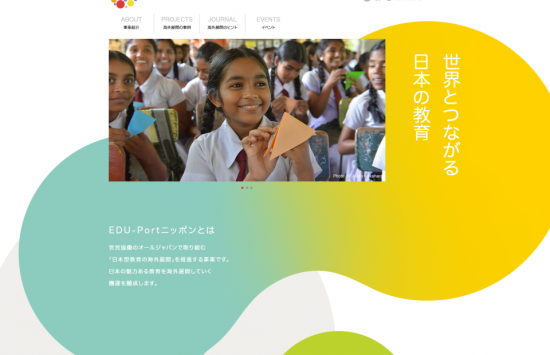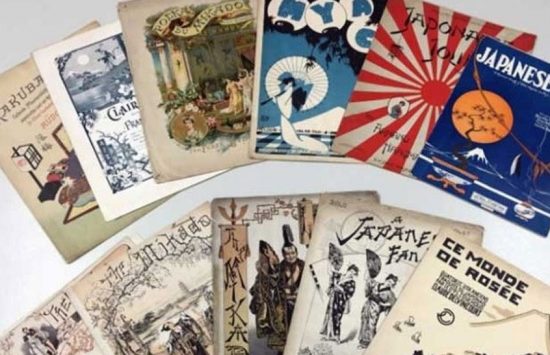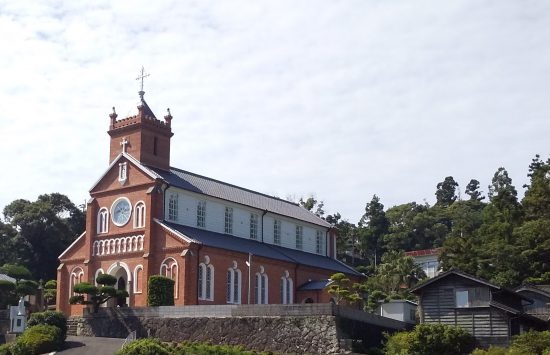RESEARCH
The Buddha, Hōjōki, and the Future of “Impermanence” Research
In 2021, I launched a team research project on “Solid ‘Impermanence’/Fragile ‘Impermanence’: The Transmogrification of the Classics and Future Prospects.” Scholars from Europe, the Americas, the Middle East, East Asia, and other regions are taking part. Just as I was looking to develop this international, comparative perspective on impermanence, I was also commissioned to contribute to a special issue on “Medieval Literature in East Asia” for Japanese Literature, a Japanese journal. My contribution was an essay entitled “Shakyamuni’s Renunciation of the World and the Birth of Rāhula: On Fukansai Habian and Theravada Buddhism” (Shaka no shukke to Ragora tanjō: Fukansai Habian to Nanden Bukkyō o megutte, Nihon bungaku, June 2021), and examines the understanding of Buddhism held by Christians who came to Japan from India via South East Asia in the sixteenth century. The essay features a photograph of a wall-painting of the Buddha’s renunciation of the world, which I took in 2016 in Chiang Mai, Thailand (see photo 1). Portions of the essay also appeared in my recently-published book, Koten no naka no chikyūgi (The Globe in the Classics; NTT Publishing Co., 2022).
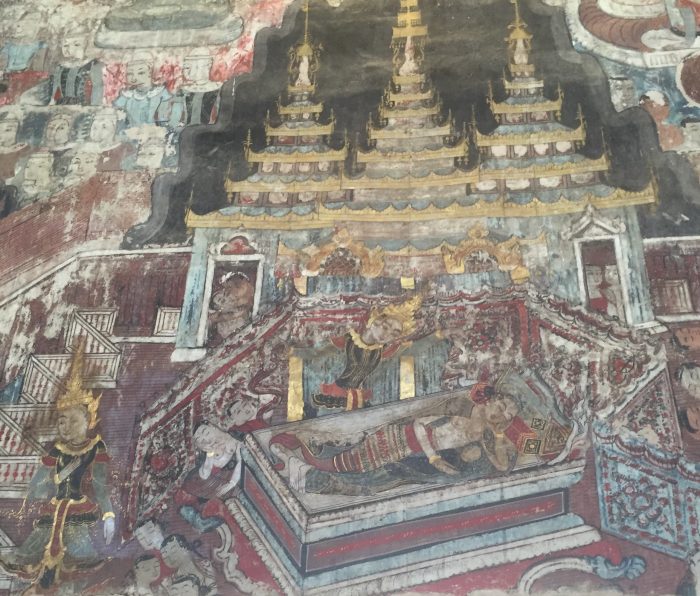
Photo 1. The Chiang Mai mural. The Buddha renounces the world, abandoning his wife and children. See this author’s article and book for further details.
Just before I published my article, Nana Satō-Rosberg of SOAS (University of London) proposed an on-line academic symposium involving SOAS, Nankai University and Nichibunken, and there I made a presentation on the same theme (4 June 2021). My most important “take-away” from that event―thanks to Professor Satō-Rosberg―was an understanding of Covid-19 as a “syndemic,” a concept which refers to a “disease-complex.”
This concept inspired the Narrative Literary Society conference on “Godai saiyaku no shindemikku: Hōjōki no jidai ”(The Five Great Disasters Syndemic: The Age of Hōjōki), which will be held in conjunction with the “Impermanence” Team Research Project at Waseda University on 17 September 2022. Three “Impermanence” project members will participate as panelists, and present their arguments before conference delegates. Hōjōki is a mediation on “fragile ‘impermanence’.” In the Hōjōki, Kamono Chōmei narrates the five great disasters―conflagrations, dust devils, capital rebuilding, starvation and epidemics, and earthquakes―that occurred in the first half of his life (1177–1185). Not least among these was the earthquake that destroyed the capital in an instant: “Neither temple halls nor towers are exempt. Some will crumble; and others will collapse” (see photo 2). With the Genpei Wars as a backdrop, the Hōjōki is a historical work that takes syndemics, or “disaster complexes,” as its central theme. The Hōjōki exerted a profound influence on the image of what I call Japan’s “fragile” impermanence. On a personal level, too, I am currently writing a book about the Hōjōki that involves a thorough rethink of a series of newspaper articles I published a while ago, so I continue to spend my days in the company of this masterpiece.
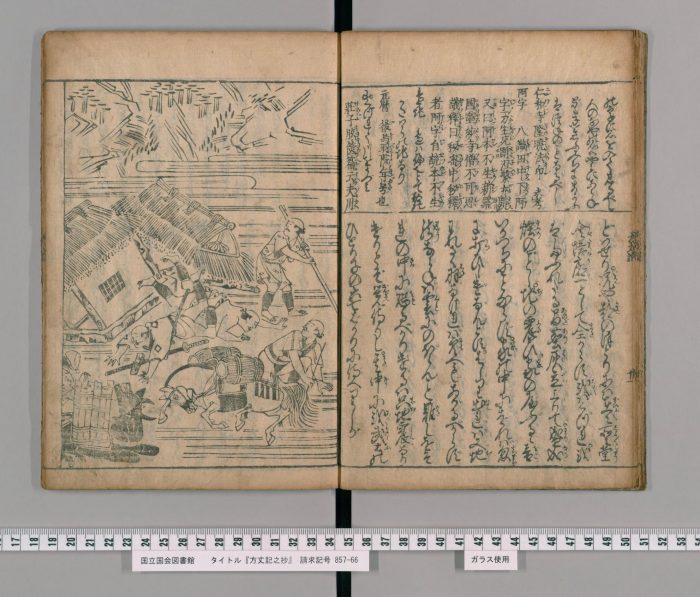
Photo 2. The Great Genryaku Earthquake, as described in Hōjōki no shō. National Diet Library Digital Collection.


